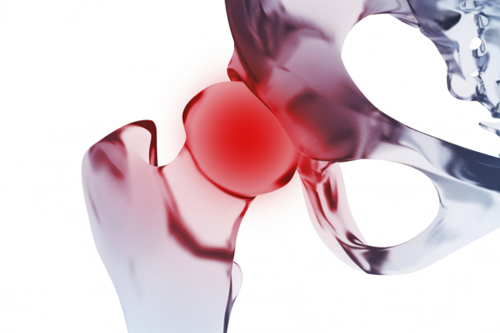
“Pinning” is shorthand for surgical repair of a broken hip . In all likelihood, your mother suffered a fracture at or near where the femur (the large bone at the top of the leg) enters the hip joint.
Also called “internal fixation,” this common procedure involves stabilizing the broken bones with steel rods, screws and/or plates. It is one of several possible surgical treatments, used most often when the bones remain properly aligned or can be realigned with traction.
Postoperative rehabilitation is crucial to recovery from a broken hip. Studies have shown that the most gains are made within the first six months. The stabilization provided by internal fixation usually allows patients to get back on their feet sooner than other procedures.
Most common in people over the age of 65, hip fractures are serious and often have long-term health repercussions. Prolonged immobility increases the risk of developing blood clots or pneumonia and can also lead to depression. Social contacts after hip surgery have also been shown to speed recovery, so it is important that she remains engaged with family and friends.
Your mother’s best prospects for recovery, mobility and overall health depend on prompt and thorough rehabilitation, which can start even while she is still using a walker or cane. We can devise a physical therapy program that includes strengthening exercises and gait training. You can assist by seeing that she follows through on any prescribed home care, including exercises, and by encouraging her to be as active as possible.


















